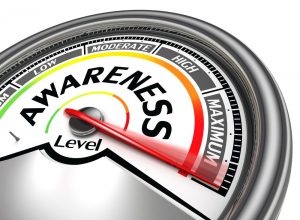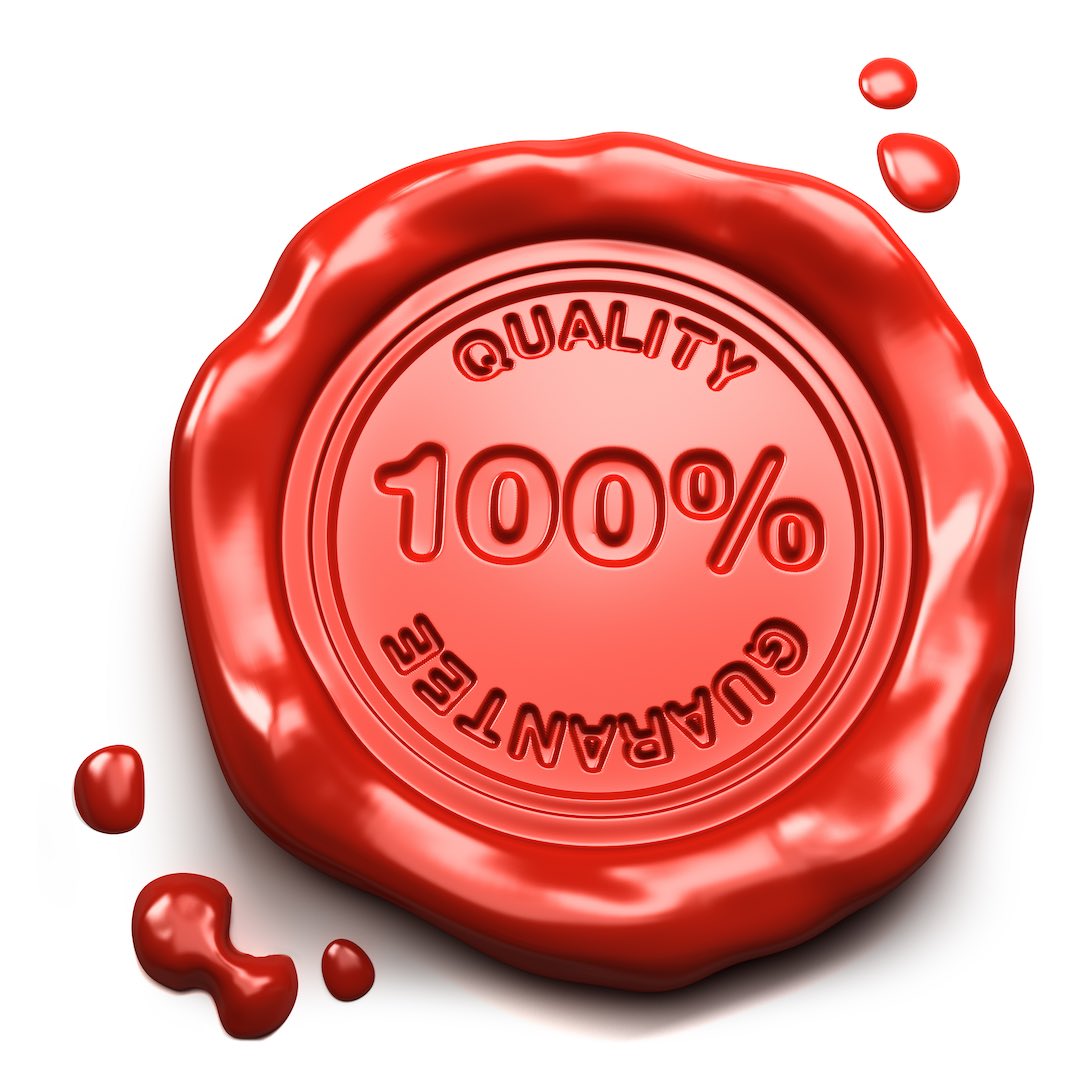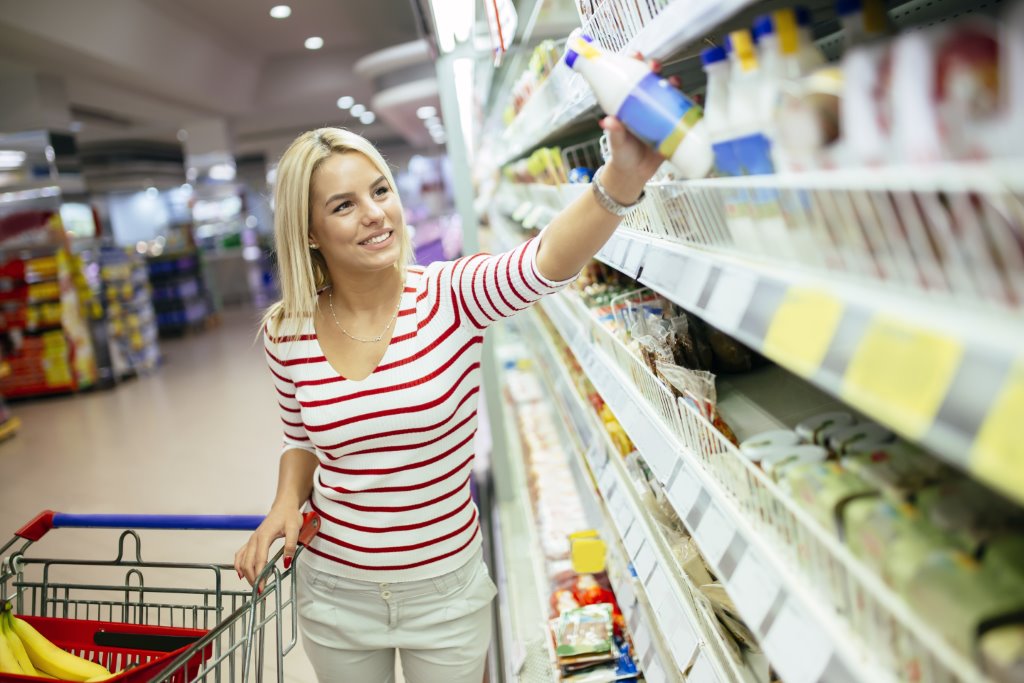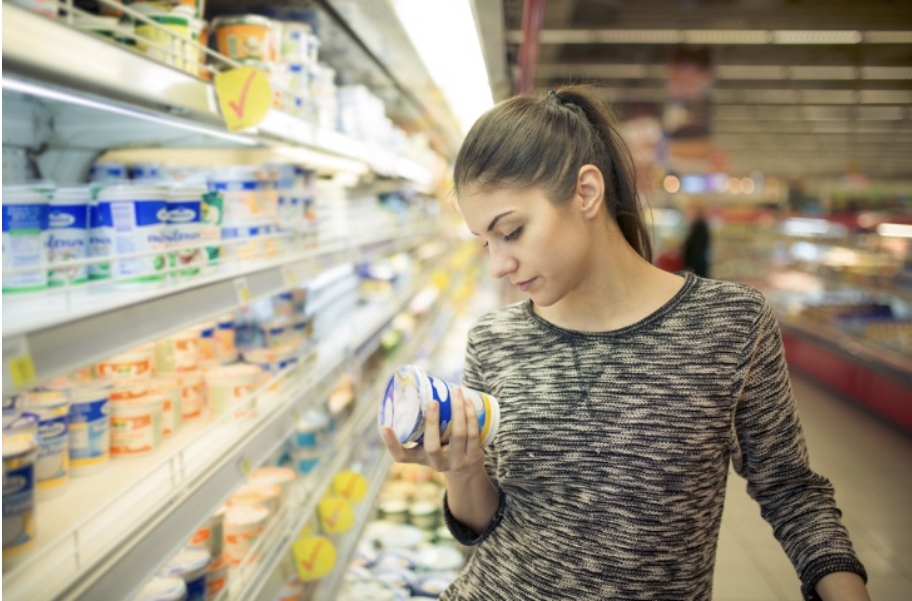 The more we see something, the more familiar we are with it. Even if we don’t engage, just the reoccurring exposure to it builds our awareness. The same thing happens with CPG brands. In other words, there is a direct relationship between branded product distribution and brand awareness.
The more we see something, the more familiar we are with it. Even if we don’t engage, just the reoccurring exposure to it builds our awareness. The same thing happens with CPG brands. In other words, there is a direct relationship between branded product distribution and brand awareness.
Brand Awareness Definition
In fact, when it comes to CPGs, a good brand awareness definition might be when consumers remember your brand’s distinguishing characteristics. These include the logo or colors on the packaging, in a certain category, whether they buy it or not. The definition of brand awareness can be as simple as familiarity of a brand, eliciting the response, “Yes, I’ve seen that brand before.”
One of the great advantages of bricks and mortar retail stores is their ability to put your brand in front of the shopper. You, as a consumer brand builder, have the opportunity to be part of the sea of brands their customers are exposed to every day. Hopefully, they will have a notion to try out your brand on impulse or as an alternative to the brand that let them down. This is very hard to duplicate online.
This is why so many CPG brand builders want their products in bricks and mortar stores. When you are talking real, physical products, just being there not only promotes your brand awareness. But it also reinforces your prospects familiarity with it. When your brand is on sale, or they are shopping for a new brand in your category, they are more likely to choose yours simply because they see it every time they shop. This builds credibility and significantly softens the transition to a new brand. Your brand is not a stranger!
How to Measure Brand Awareness of CPG Branded Products
Sales
The best way to measure brand awareness is sales. In the retail industry, we’re talking barcode scans. How many times was your brand scanned at check out? The Nielsen ratings for retail can make or break your brand. They are a dependable measure of brand awareness for CPGs. No awareness, no sales!
Brand awareness and brand recall are easily confused, and some use the words interchangeably. But, specifically, brand awareness is the ability to identify a product category when shown a brand. Beverage? Think Coca-Cola . Brand recall is the ability of a consumer to think of, or recall, a particular brand when its product category is mentioned. Coffee? Think Starbucks. Jeans? Think Levi’s. Wine? Think Barefoot.
This is why it is so important that your name, logo, and packaging help your potential customer and your return customer quickly and easily locate your brand among the hundreds of others offered.
Retail Store’s Inventory and Reordering Software
Another measure of brand awareness is the retail store’s own inventory and reordering software. The program knows when your products arrived into the store. It also knows when they were scanned out of the store. This interval is crucial. If it’s too long, you can be discontinued.
So, here then is the dilemma for the new CPG producer. How do you get your products to move quickly from the store’s warehouse through the checkout counter? Without brand awareness, you don’t have a chance. But you don’t really achieve brand awareness until you’ve been in the store for some time. So it’s a “Catch 22.” Brand awareness is a function of time, but with too much time, there is a chance of discontinuance.
How to Build Brand Awareness
Advertising
Some CPG brand builders rely on advertising to overcome this dilemma. Others rely on price. But the best solution we have seen is in-store demos where the customers of that store taste or test your products.
Worthy Cause Marketing
Another approach to develop brand awareness we discovered dramatically helped our initial sales was supporting worthy causes. What we call “Worthy Cause Marketing” is a classic example of building brand awareness and brand recall. We identified local worthy causes that had members who were also our target market and who lived in the proximity of the stores in which our products were sold. By supporting those local fundraisers with goods and services, we made their members familiar with our products. We made them aware of their value, and gave them a social reason to choose our brand.
Thinking Local
Lastly, we discovered that when it comes to CPG’s, all retail sales are local retail sales. Even if you have distribution in a giant chain or box store company, your sales are store by store. That’s because your brand recognition is store by store. For instance, whatever brand awareness you may have bought through advertising does you no good in a store you are not in yet.
This is why, when it comes to building brand awareness, it’s important to start small, learn all the potential sales stoppers that are awaiting you, and remove them one by one. By starting small, you will learn lessons about what you have to do to keep your products on the shelf. Remember, brand awareness is a function of rote. So, if you are not there in the first place or run out of stock after you’ve been there, your brand’s awareness in the minds of your customers takes a big hit.
Also, you can’t be discontinued until after you are in the store the first time. So don’t go in the store until you know what is necessary to stay in the store! The more stores you can get into and stay in, the more brand awareness you will build. Distribution builds brand awareness. And brand awareness builds sales!



